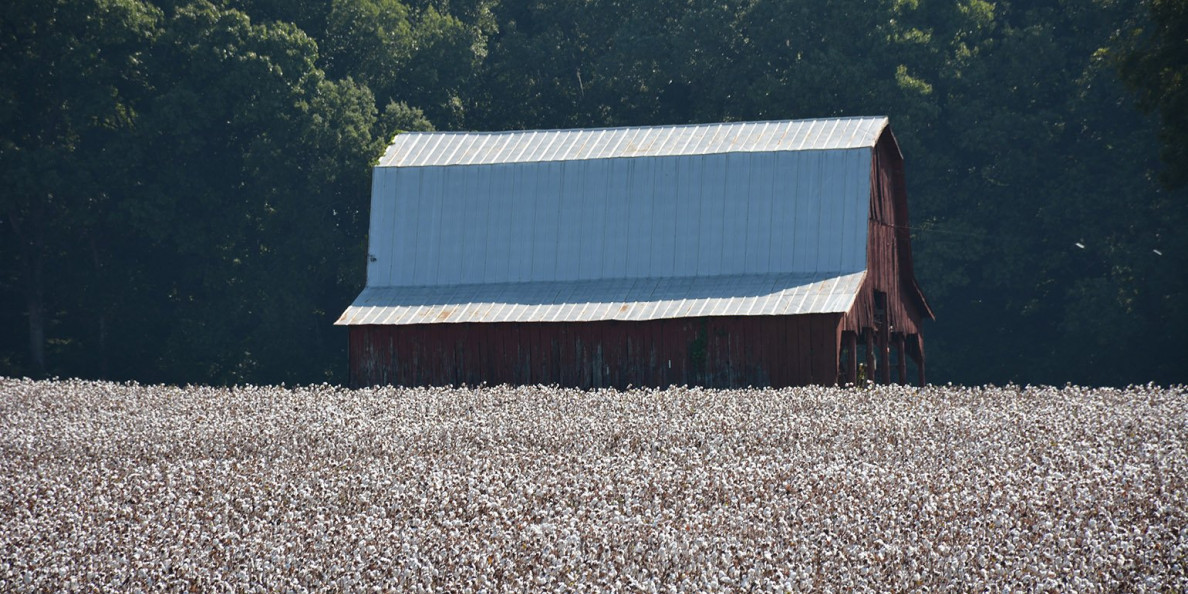Uncertainty about cotton market continues, still holding out hope for trade issues to be resolved.
John Robinson
Cotton prices took a tumble in early May, but not for the reason I had expected.
On Sunday, May 5, President Trump tweeted about how U.S. tariffs on Chinese imports would be raised the following Friday, May 10. The anticipation and realization of this policy action ratcheted up trade tension which was associated with a week of declines in stock and certain commodity markets.
The apparent response from ICE cotton futures was to tumble down out of what had been a longstanding 73-78 cent trading range. The July19 contract settled over ten cents lower from the May 3 settlement to that on May 13. New crop December 19 similarly declined over eight cents. That’s the bad outcome.
Besides taking away meaningful marketing opportunities, this outcome is bad because we didn’t see it coming nor do we know when it will end. The uncertainty of it seems worse than the fundamental influence.
I had previously been worrying about a weakening in prices, but not from the events of May 5 to May 10. I had been concerned about the regularly scheduled USDA supply and demand numbers. USDA’s May World Agricultural Supply and Demand Estimates (WASDE) is a historically influential report. It represents USDA’s first comprehensive publication of new crop cotton forecasts for the U.S. and the world.
Sometimes, like in 2014, USDA’s publication of bearish new crop numbers in May can be a major negative influence on the futures market. The bottom line of the 2019 May WASDE was mixed, reflecting greater U.S. and world production, a small decrease in world ending stocks (mostly from Chinese de-stocking), and a large increase in U.S. ending stocks.
Source: farmprogress.com


